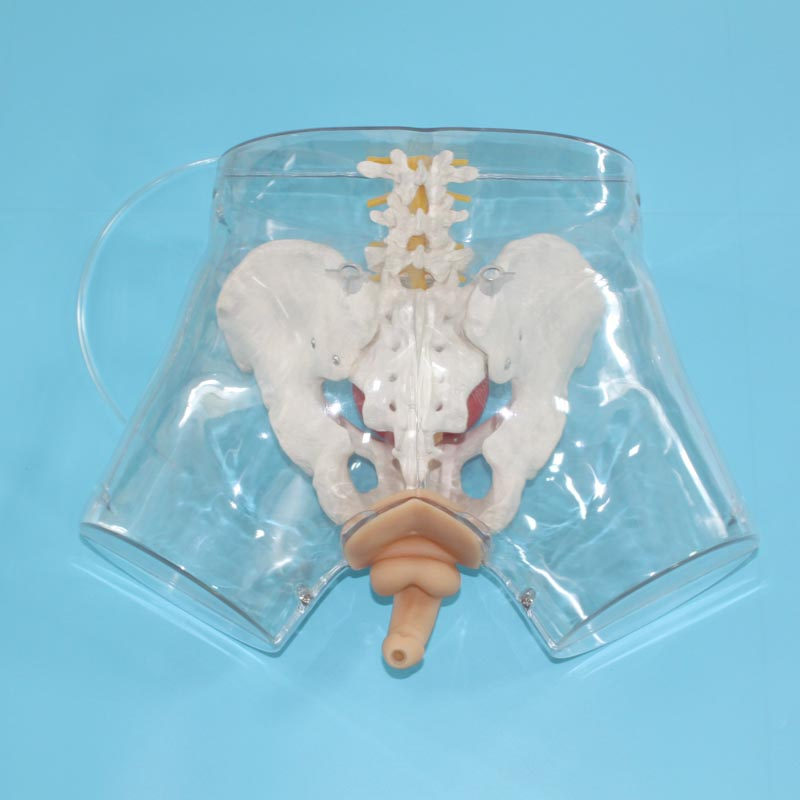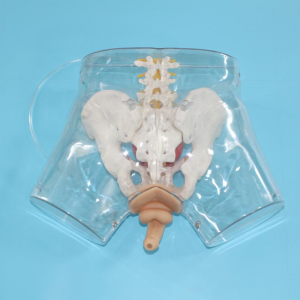In the medical field, the advancement of clinical skills is an integral part of every health care worker's career. For medical staff involved in catheterization technology, male catheterization model as an important teaching tool plays an irreplaceable role in improving clinical skills.
First of all, from the appearance to the internal structure, these models are strictly based on the principles of human anatomy, and can simulate the physiological characteristics and anatomical structure of the male urethra. This enables medical personnel to intuitively understand the direction of the urethra, the narrow position and the bending situation during the training process, and lays a solid theoretical foundation for practical operation.

Secondly, through repeated practice, medical staff can master the operation points and skills of catheterization technology on the male catheterization model. In a simulated environment, they can simulate the real catheterization process, including the steps of catheter preparation, lubrication, insertion, and drainage of urine. This practical training method helps medical staff to be more confident and calmly cope with various situations in actual operation, and reduce complications caused by improper operation.
In addition, it has the characteristics of reuse. This means that healthcare professionals can practice multiple times at different times and in different situations to continuously consolidate and improve their clinical skills. Compared with real patients, the use of the model does not cause any pain or discomfort to patients, while also avoiding medical disputes caused by operational errors.
More importantly, the use of the model helps to cultivate the sense of responsibility and professionalism of medical staff. During the training process, they need to always pay attention to the patient's feelings and needs to ensure the safety and effectiveness of the operation. This patient-centered training method helps medical staff pay more attention to the experience and satisfaction of patients in practical work, and improves the quality and level of medical services.
In summary, the male catheterization model plays a vital role in improving clinical skills. It not only provides a safe and effective training platform for medical staff, but also helps them continuously hone their operational skills and professionalism in a simulated environment. With the continuous progress of medical technology and the continuous improvement of medical services, it is believed that male catheterization model will play a more important role in clinical teaching in the future.

